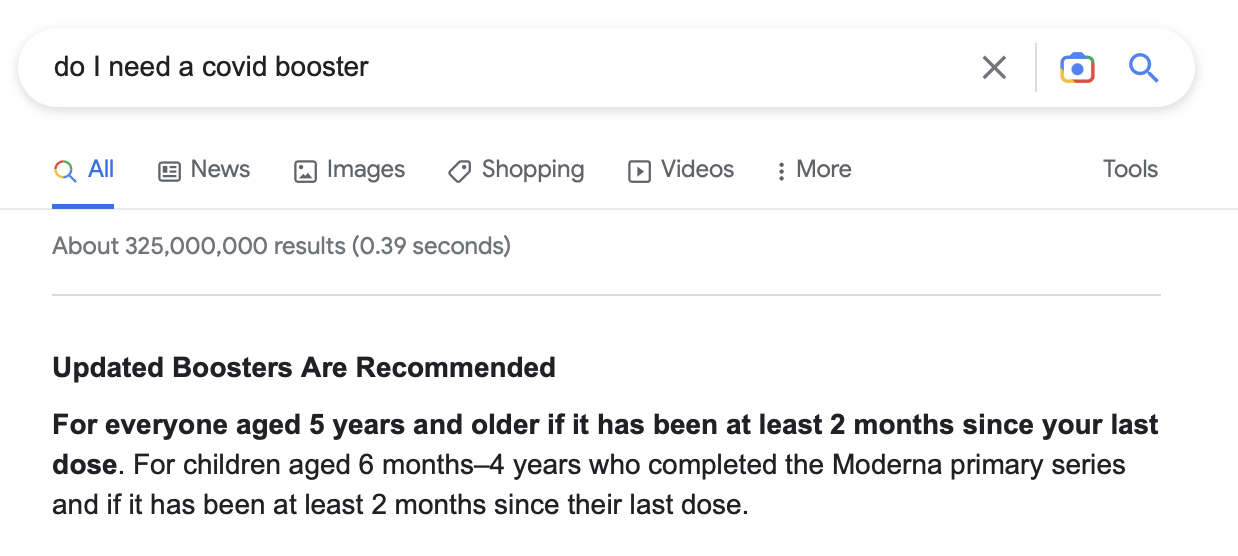The biggest thing in tech the last few weeks has been GPT-3. GPT, or Generative Pre-trained Transformer, is a language model developed by OpenAI that uses deep learning to produce human-like text. It is based on the Transformer architecture, which was introduced by Google in 2017. GPT uses a self-attention mechanism to learn the context of a given sentence and generate text that is both coherent and natural sounding. It has been used to generate text for tasks such as summarization, dialog generation, machine translation, and more. GPT is a powerful tool for natural language processing and is one of the most widely used language models today.
What if I told you that the previous paragraph was not written by me, but by a machine? That “wow!” moment you just had is one of many to come, as we realize how powerful artificial intelligence (AI) is becoming. We are witnessing feats performed by machines where we can no longer easily tell the difference between human and computer.
What makes GPT-3 so good?
To start, it is the sheer size. GPT-3 has 175 billion trainable parameters in its model. The next closest model has 17B. A training run uses 45 TB of data, almost 10 days of run time and over $10M in compute power. To give you some perspective, the bot you are using on your job posting site probably trains in less than 3 mins. GPT-3 then takes this sophisticated model and huge training dataset and mixes it with the key ingredient: human expertise. In three waves, humans provide feedback to the machine, help it learn, and reinforce good outcomes. Yes, AI is not magic. Humans play a critical role. Version 3 of this model took 3 years of engineering, training, feedback, and revisions.
Can business use GPT-3?
GPT-3 can be broken down into two primary functions: language understanding and generative AI (composing answers). With the former, GPT-3 excels at interpreting human language and deriving meaning from it. With the latter, it creates its own answers, but those responses can be wildly incorrect, making it a less-than-ideal choice for enterprise use. Additionally, GPT-3 is built on public information that is two years old, so it cannot handle current events, making it especially ill-suited for enterprise use. Let’s compare a Google search to GPT-3.


In a business setting when someone asks about how much vacation time they get, the answer depends on their employment status, their union contract and even the country they reside in. GPT-3 can’t handle that type of personalization. Further, you want your organization’s bot to understand your lingo, your acronyms, and your slang. GPT-3 is one model trained for everyone. Its training data is not your organization’s data. Even though GPT-3 has limits in an enterprise setting, it will no doubt influence the future direction of IT departments.
How will GPT-3 influence enterprise software?
Because our blog readers are most interested in enterprise software, we must examine the effect GPT-3 will have on the enterprise. To start, it will change user expectations. Let’s take a trip down memory lane….it was 2008 and Steve Jobs had just launched the App Store followed by the famous ad campaign, there’s an app for that! I remember this year well. Most of our customers never spent a moment thinking about mobile or mobile apps. After all, enterprise software was too complicated for that tiny screen!

We can sometimes forget that our enterprise users are consumers, too. They go to movies, buy groceries, go to restaurants, seek entertainment, and so on. Enterprise users, like everyone else, fell in love with mobile apps, came back to work or school with new expectations, and started demanding mobile apps for enterprise functions. Schools and organizations scrambled. Everyone wanted an app. There were RFPs every day calling for proposals from vendors.
Do we think it will be any different this time? ChatGPT (the chatbot built on the GPT-3 model) will work its way into consumer life. Your users will relish the productivity gains it provides. Think about how we find and retrieve information today. We use Google and Google gives us pages and pages of links that all look the same. We have no idea where to click. If we ask that same question to GPT, we get a two-sentence answer that is right on the money. Imagine that instead of pointing, clicking, searching, reading, we just asked and got the answer…

Students and employees are routinely on the search for information; be it about a policy, a form to fill out, a piece of data or analytics. Now imagine a user interface powered by chat AI that gives you an answer quickly, succinctly, and with accuracy that beats human beings! The old way of searching intranets or knowledge base articles is going the way of the dinosaur. (Or should I say punch card?) The flaws of the search result page UI are already being exposed.
GPT will also prove the demand for one-stop shopping: One place to ask any question. While each of these SaaS applications may have some semblance of a bot, they all live on islands without any connection to each other; islands with no bridges. ChatGPT has shown users the value of being able to handle any question you throw at it.
Coming Soon: Ida and GPT
GPT-3, while not perfect, certainly has some capabilities that are pushing the AI universe ahead by enormous leaps. Ida, IntraSee’s very own digital assistant, operates much like GPT-3, but at a different scale, where we build and train to each client’s uniqueness. Starting with version 23.01 due in April 2023, Ida will introduce its first integration with GPT-3. We can’t tell you much about it now, but we will tap into the power of the GPT-3 model to improve upon the secured, personalized answers Ida provides. More to come with the release notes of 23.01.

